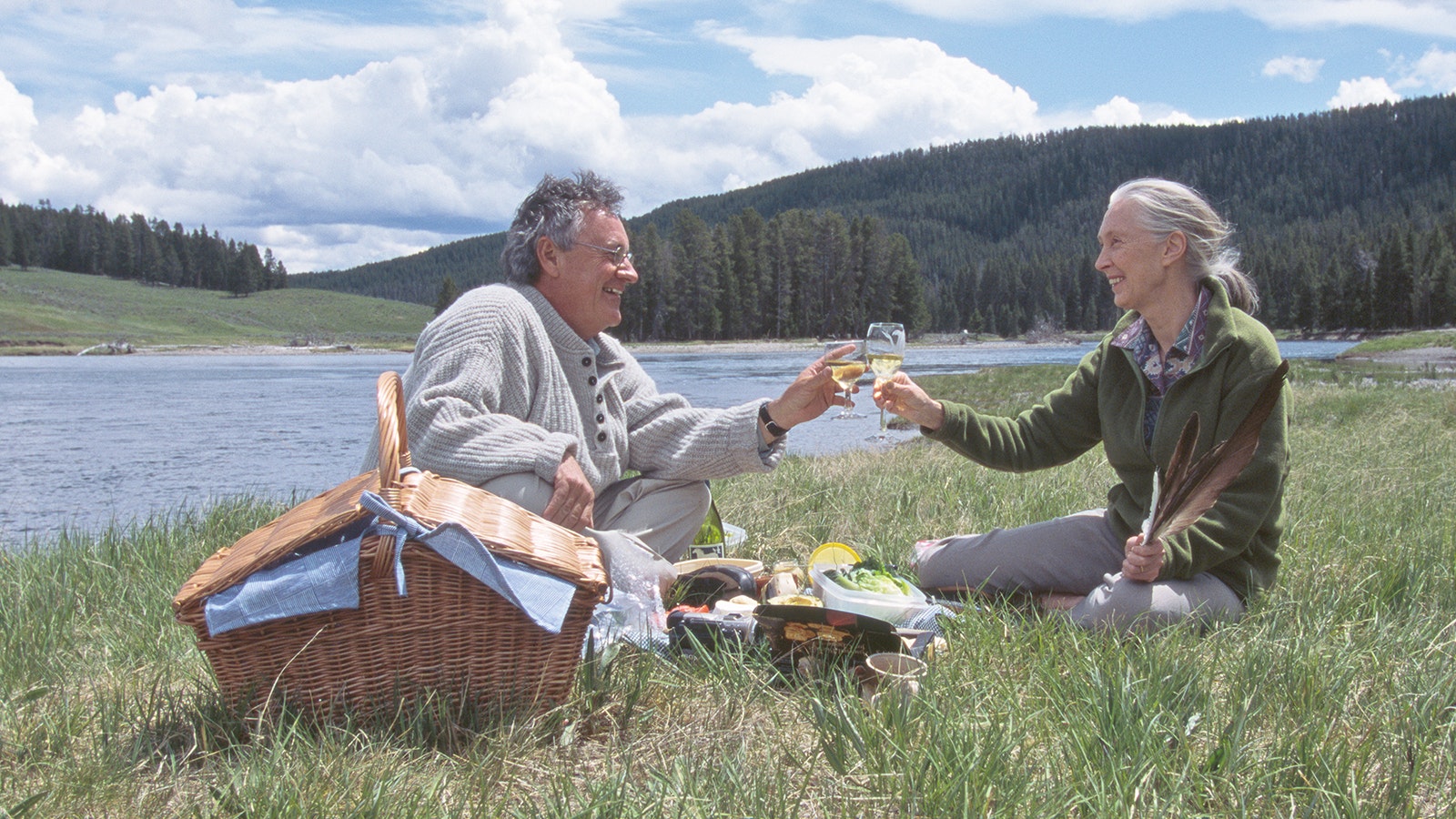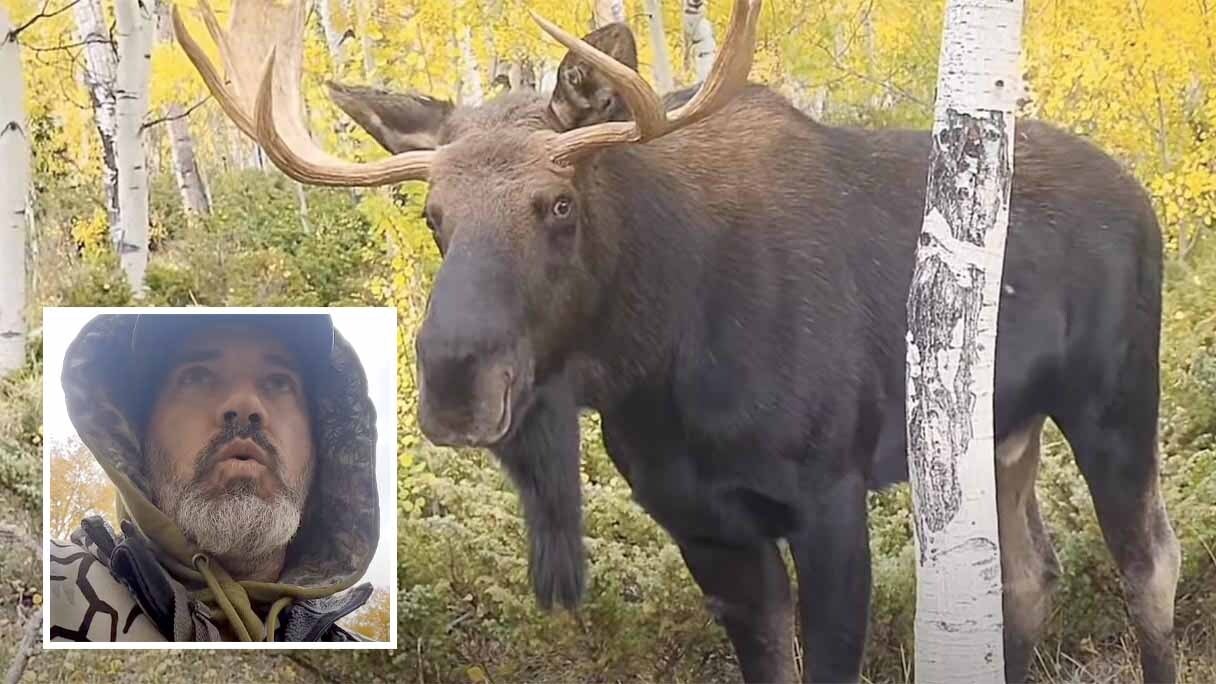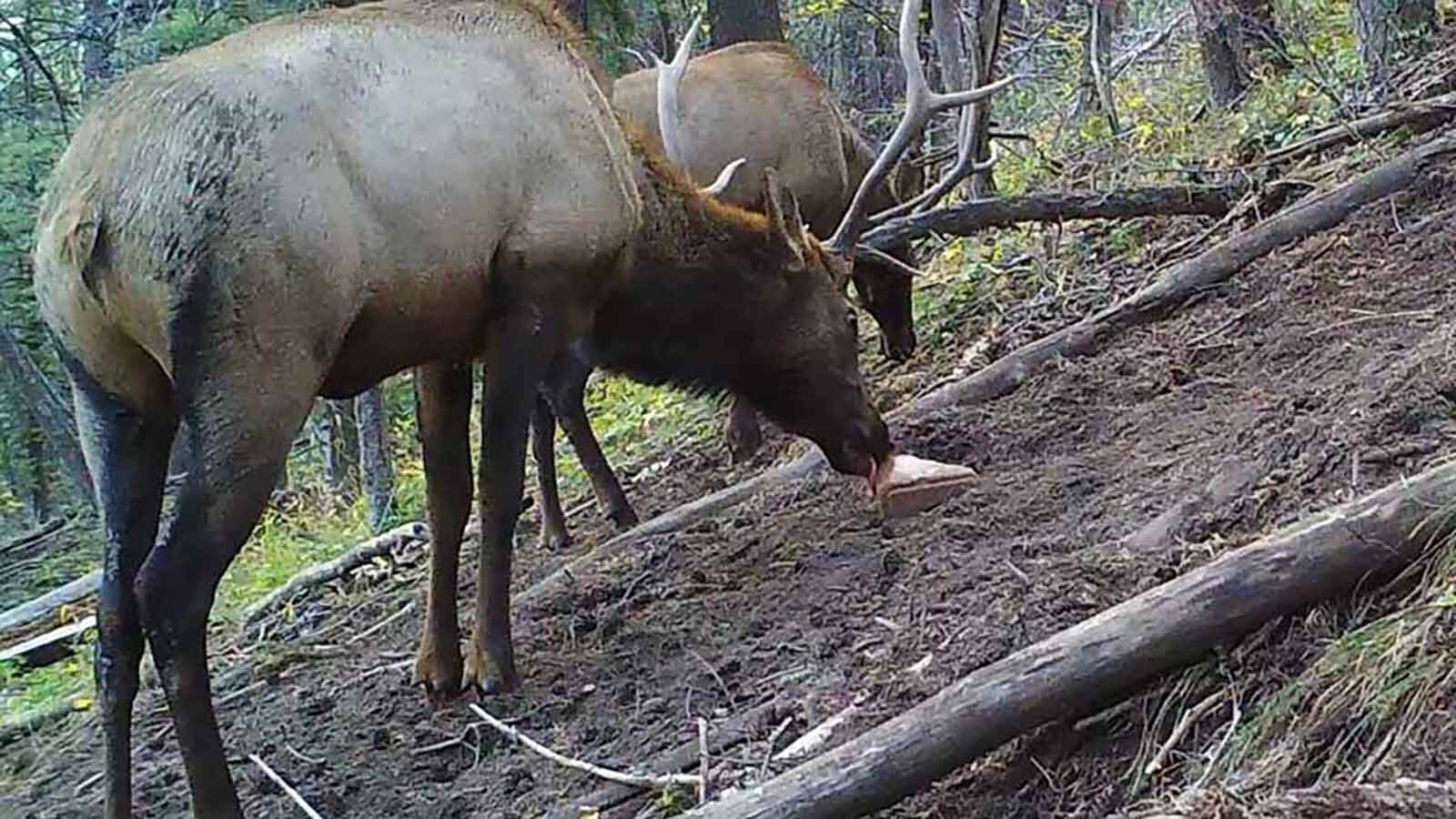Hunters who come from all over the country for Wyoming’s legendary big game face a quandary — how to get all that meat back home.
The solutions are varied, but rarely cheap.
Hunters use huge coolers to pack the meat into an airliner’s cargo compartments. Smaller, soft-sided coolers can be included in carry-on luggage.
There’s always the option of having it butchered and frozen in Wyoming, then shipped to the hunter’s house. But that can get pricy, up to $800 for the meat from a large bull elk.
Then there are those with their own transportation, who also can use coolers to carry the meat home. Others just take the whole carcass to be processed when they get home.
Air travel poses the most potential for problems, but experienced hunters have figured out some of the shortcuts.
Carry-On Tenderloins
Avid hunter Eric Widmaier of Maryland said that he likes to take the choice cuts, such as tenderloins, from big game animals in a carry-on, soft-sided cooler.
That way, “those choice cuts are always right with me,” said Widmaier, who spoke with Cowboy State Daily as he was aboard an airliner in Denver, just minutes before takeoff to Casper.
It’s a matter of making sure the meat is properly chilled, or even frozen, and then well-sealed in plastic bags inside a cooler to prevent leaks.
From Casper, Widmaier planned to drive to Lander for several days of hunting antelope. Herds there are known to produce some of Wyoming’s biggest bucks.
He’s well-versed in getting game meat home via airplanes.
“I’ve taken elk home for myself and my kids from New Mexico and Arizona several times. Wyoming deer and antelope as well. It’s not as complicated as people think but some airlines are easier to deal with than others,” he stated in a text message.
He gave Delta and United airlines a “thumbs up,” and Spirit, Frontier and “sometimes American” the “thumbs down.”
Antlers More Complicated
As is normal this time of year, Yellowstone Regional Airport has seen its share of coolers full of game meat checked in at luggage counters, airport administrative assistant Mary Olson told Cowboy State Daily.
There’s also a special check-in for cases containing hunting rifles.
Antlers are another matter, Olson added.
“We’ve seen meat coming through, but no antlers,” she said.
That’s because antlers can be awkward to maneuver into airplanes’ cargo compartments.
Many hunters opt to have their antlers shipped by freight companies such as UPS or FedEx, she said.
Widmaier said he’s gotten big game skulls and antler onto planes by sawing the skulls into a “jigsaw” pattern that a taxidermist can reassemble later.
The two sides of the skull/antlers can be laid flat against each other and packaged neatly, he said.
“You can also put tennis balls on the antler tips” to prevent them from puncturing other luggage, he added.
Wheeling It On
Widmaier also has a 62-quart, wheeled cooler that can be filled with frozen meat and checked in as luggage.
And the cold “in the belly of an airplane” helps ensure that the meat stays fresh he added.
The cooler is big enough to hold all the meat from a deer, plus the “cape,” or the part of the hide used from taxidermists’ trophy mounts.
With elk, it’s another matter.
He prefers to have elk butchered and frozen in Wyoming or whatever other state he hunts them in.
A shipping company places the meat in Styrofoam containers with dry ice, then pack the containers into sturdy cardboard boxes and delivers them to his front porch.
“Shipping is getting more expensive,” Widmaier said. “It can run up to $600 to $800 for an elk.”
And there are other, more creative options.
“If you have a buddy who is driving back to your home state, you can pay him a few bucks to take your meat coolers with him,” Widmaier said.
“I’ve even known some people who put a chest freezer and a generator in the back of their truck, and run that up and down the highway,” he added.
Mark Heinz can be reached at mark@cowboystatedaily.com.








